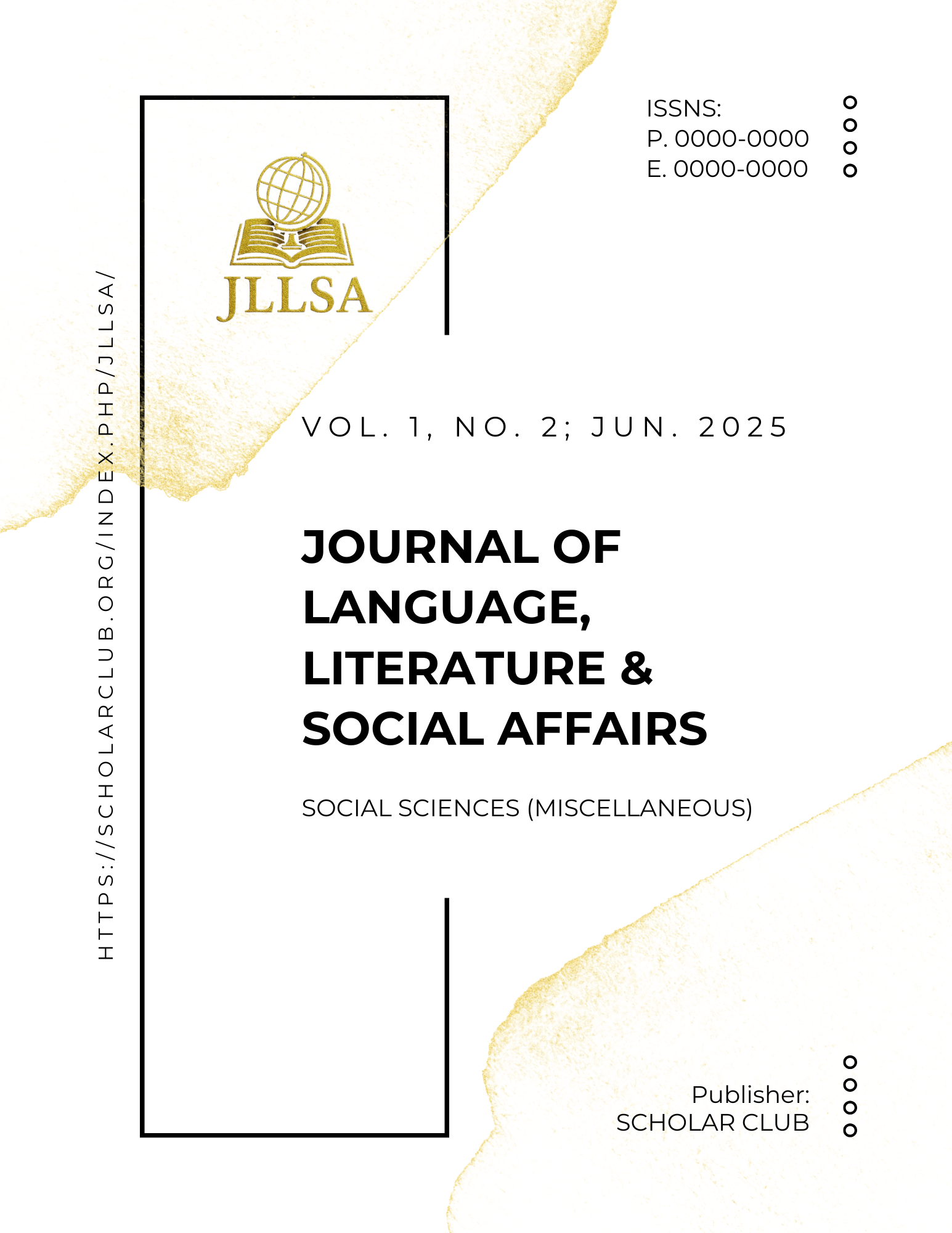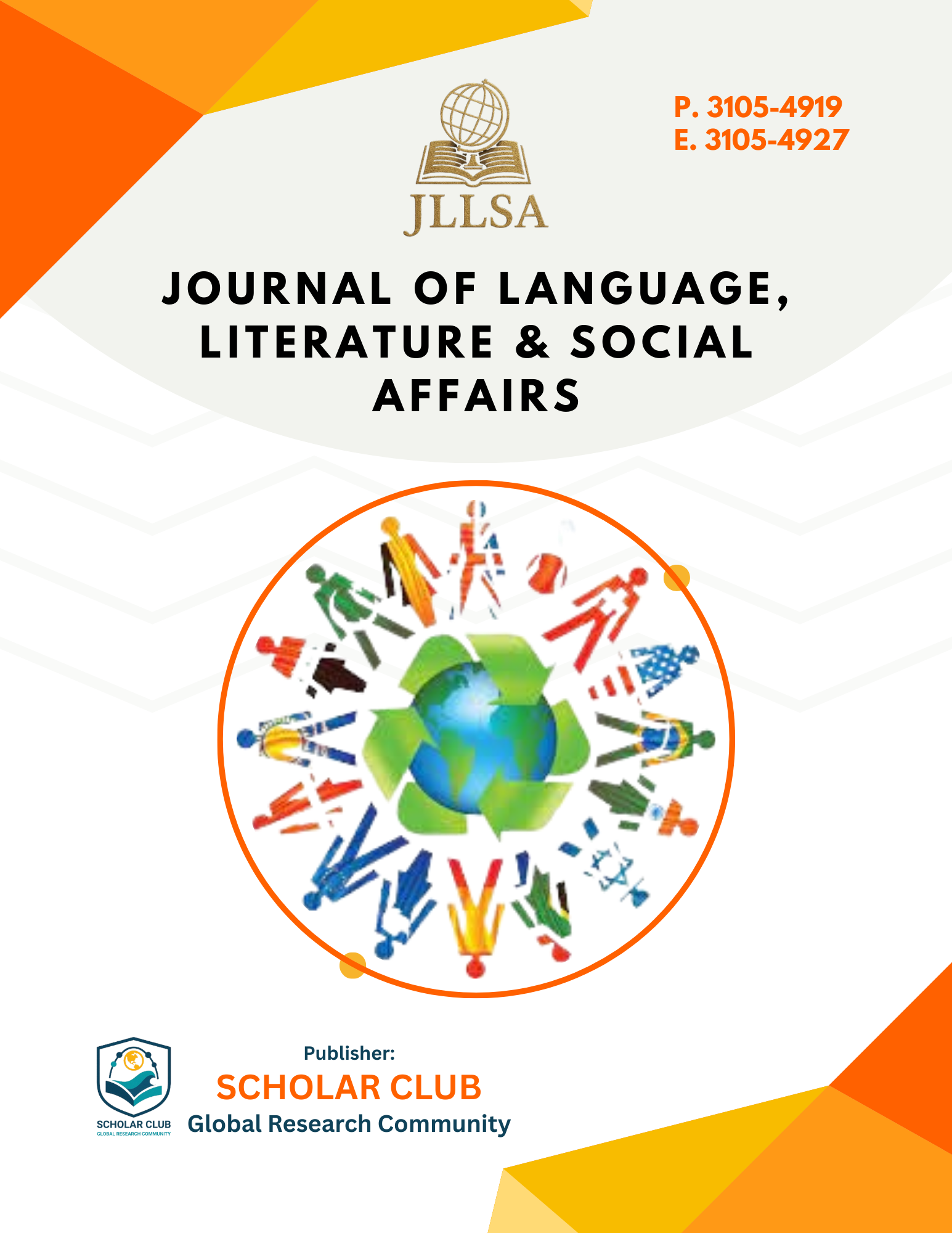Dialogic Reflection and Discursive Layers: A Critical Discourse Analysis of Virginia Woolf’s The Mark on the Wall through Fairclough and Bakhtin
Keywords:
Heteroglossia, Dialogism, Mikhail Bakhtin, Three-dimensional textual analysis, The mark on the wall, Virginia WoolfAbstract
This study explores the short story The Mark on the Wall by Virginia Woolf by applying Norman Fairclough’s three-dimensional model of textual analysis that serves as methodological tool to dissect ideological and linguistic structures embedded in the story, and through the lens of Mikhail Bakhtin’s dialogism including the concept of heteroglossia and polyphony, that analyzes the multiple voices and perspectives in the language. Despite extensive research on Woolf’s modernist techniques, there remains a gap in understanding how the coexistence of multiple voices and perspectives within the text challenges traditional narrative structures and reflect social critique, particularly concerning gender roles and authority. Many scholars have examined Woolf’s narrative style and technique of stream of consciousness through feminist perspective; limited studies have focused on the dialogism and heteroglossia in her work through the help of critical discourse framework. By analyzing multiple voices, perspectives and ideologies within the text this study aims to reveal deeper layers of meaning that are often overlooked in traditional literary analysis. The study reveals that The Mark on the Wall is a negotiation of social ideologies concerning gender, knowledge and perception.
Downloads
Published
How to Cite
Issue
Section
License
Copyright (c) 2025 Mashal Javed, Tehreem Shaheen

This work is licensed under a Creative Commons Attribution 4.0 International License.







